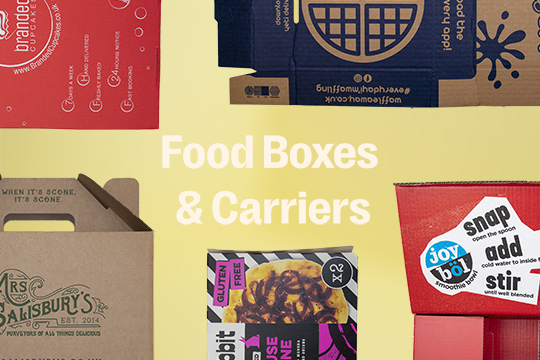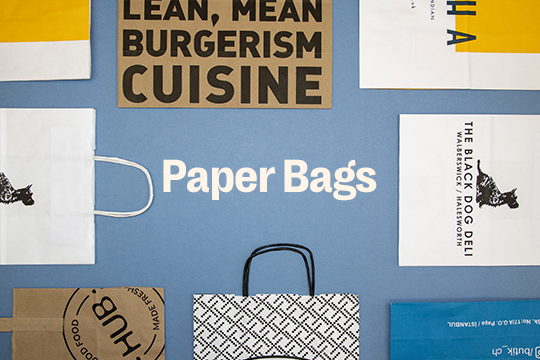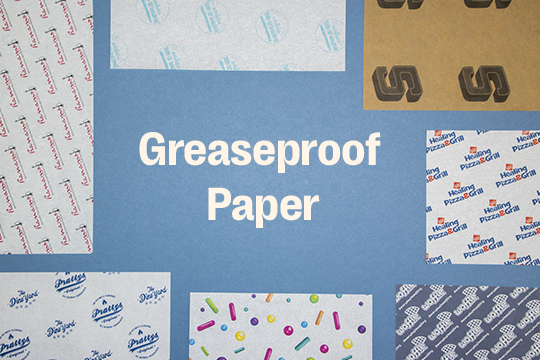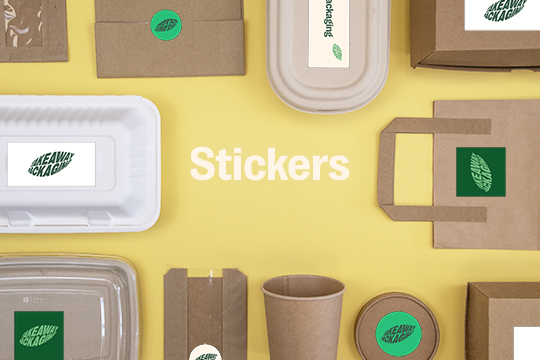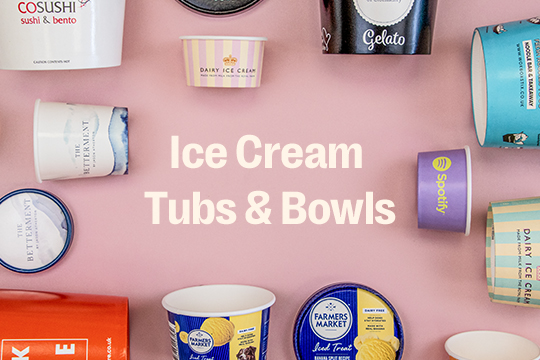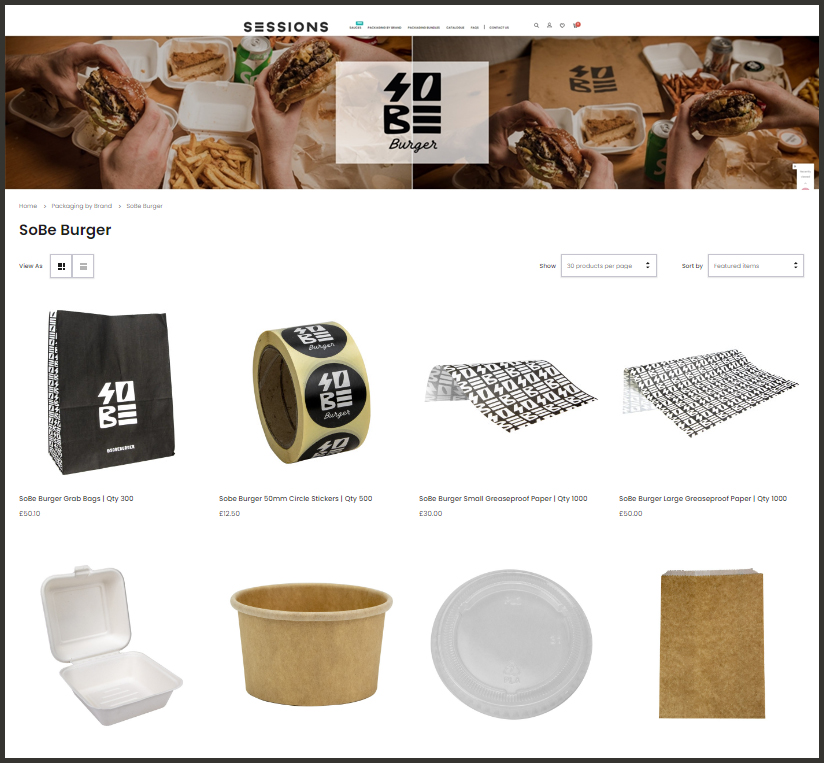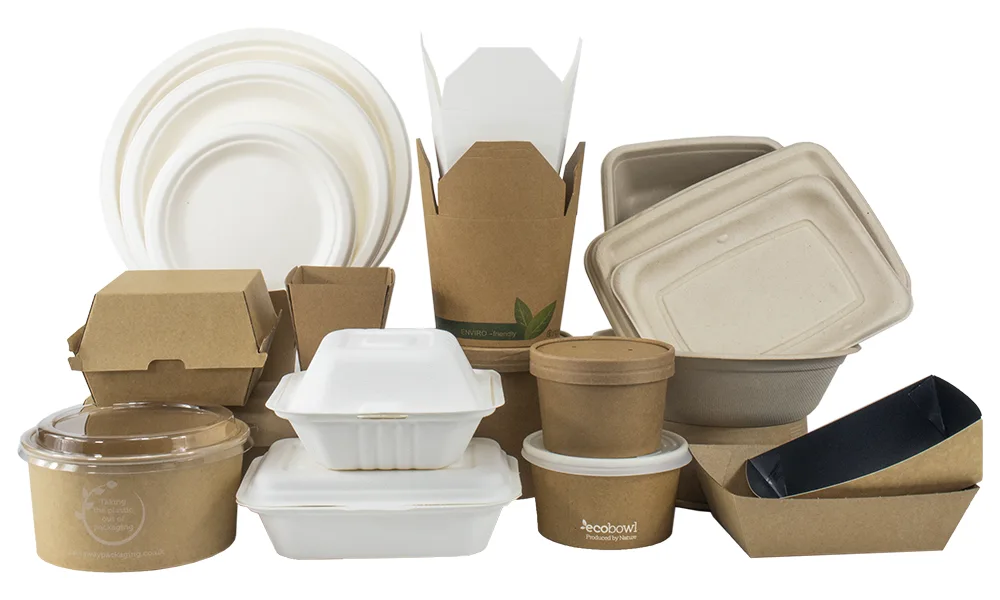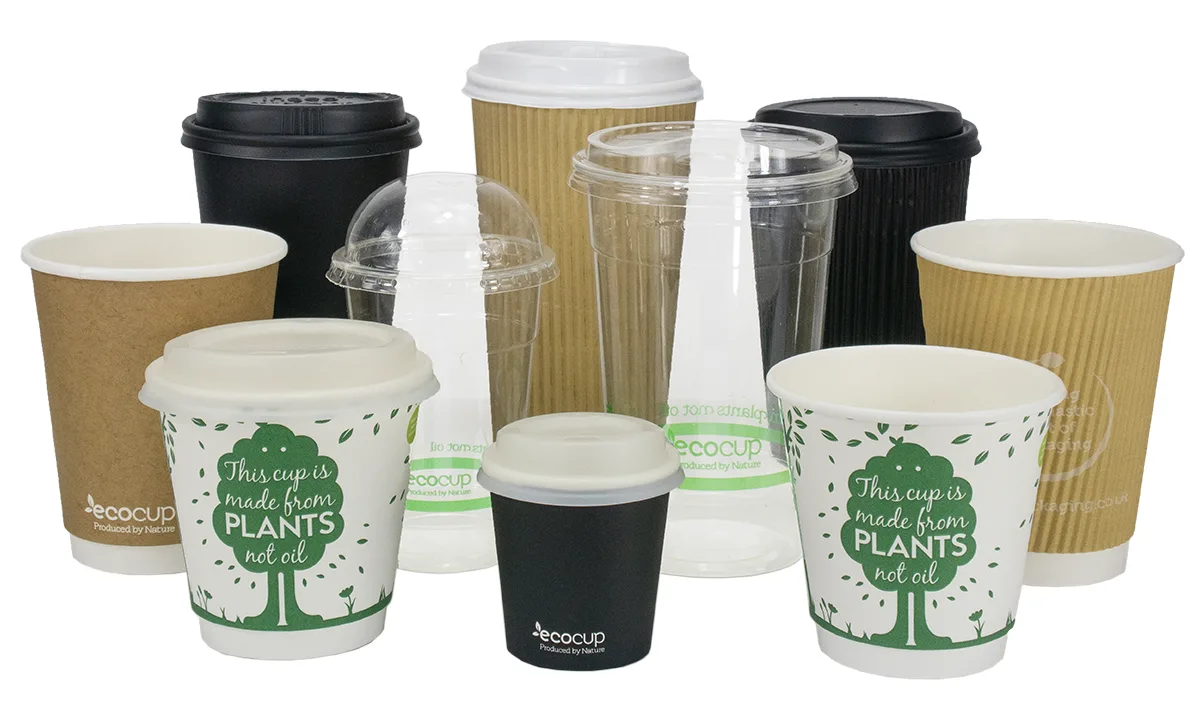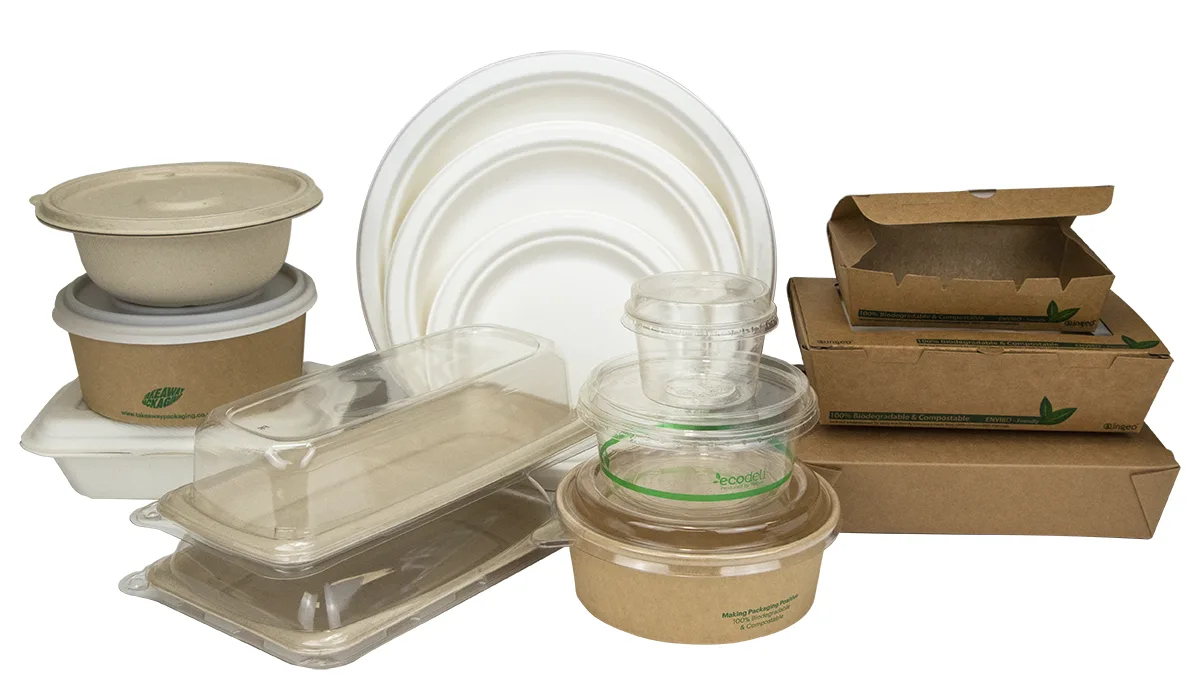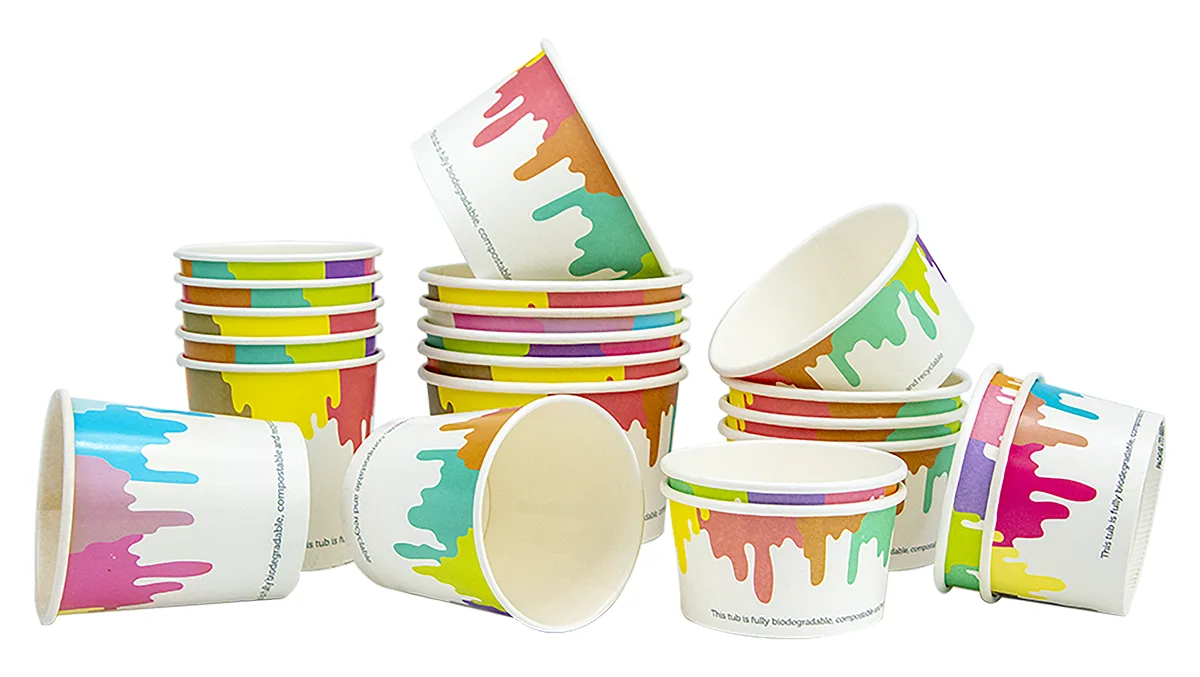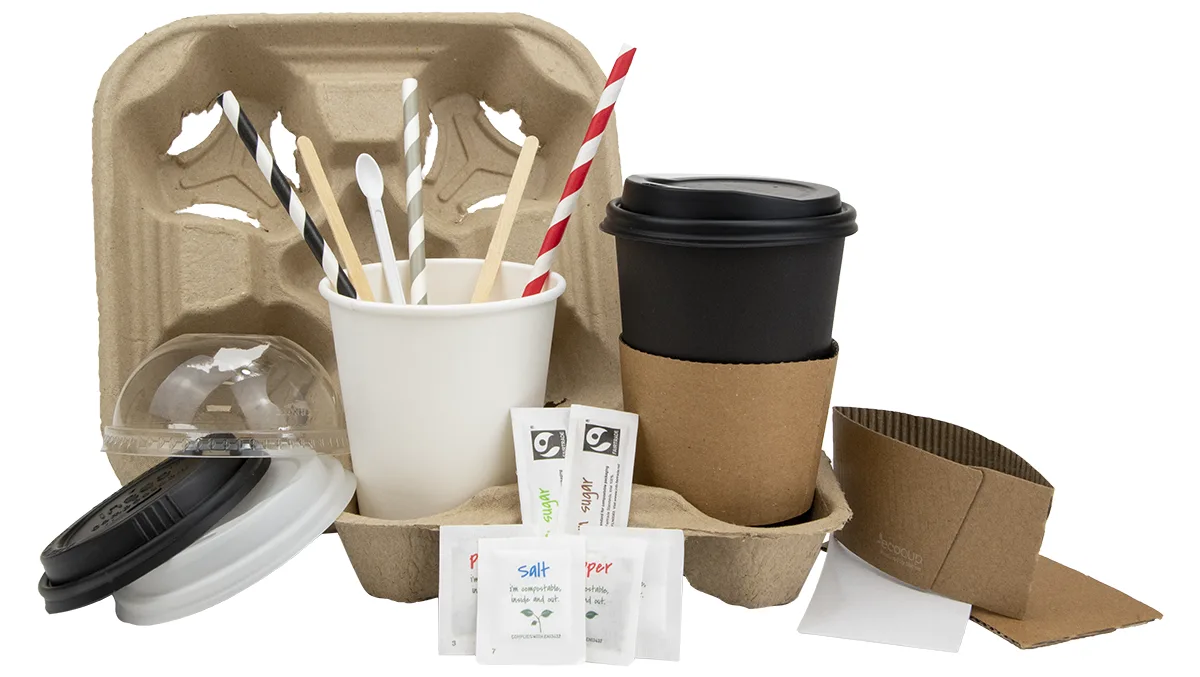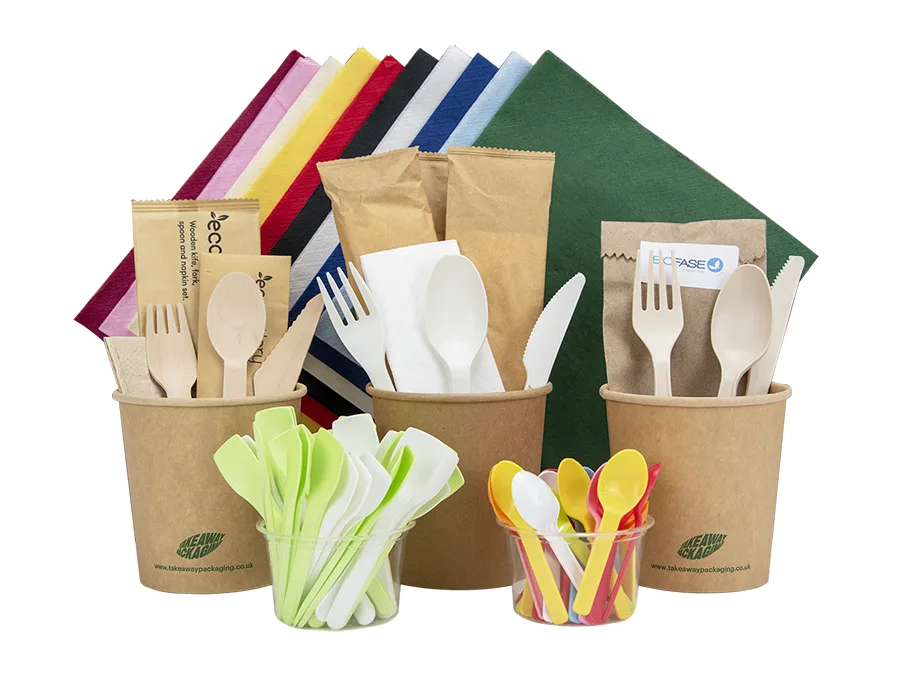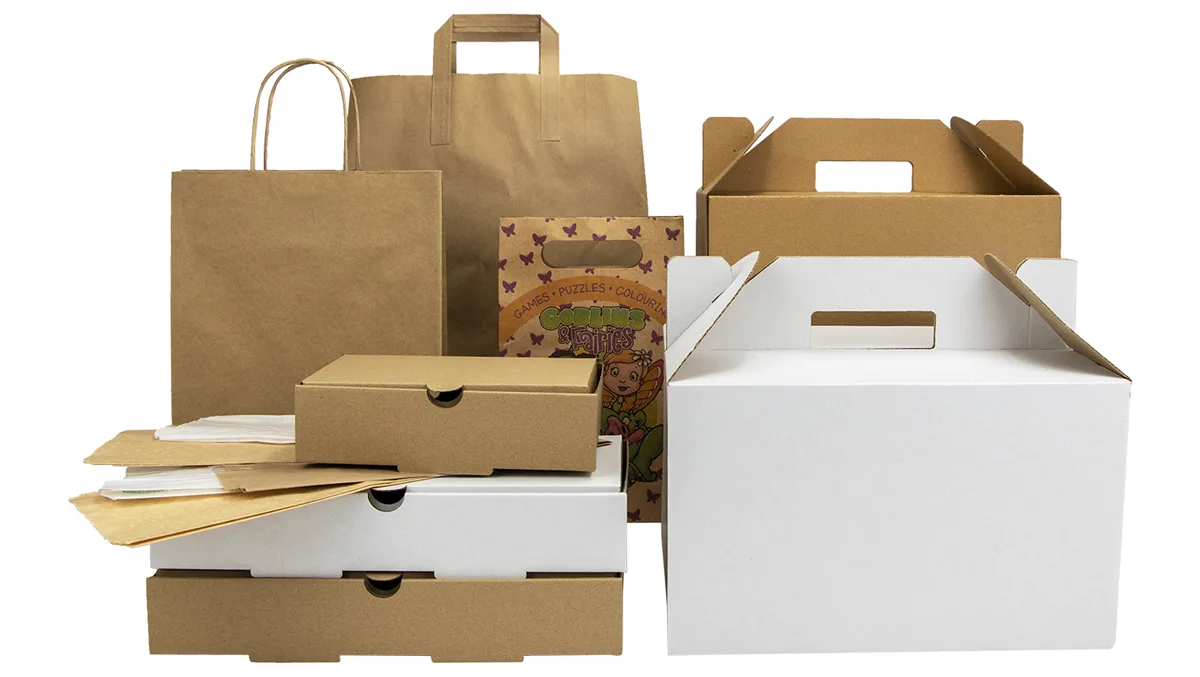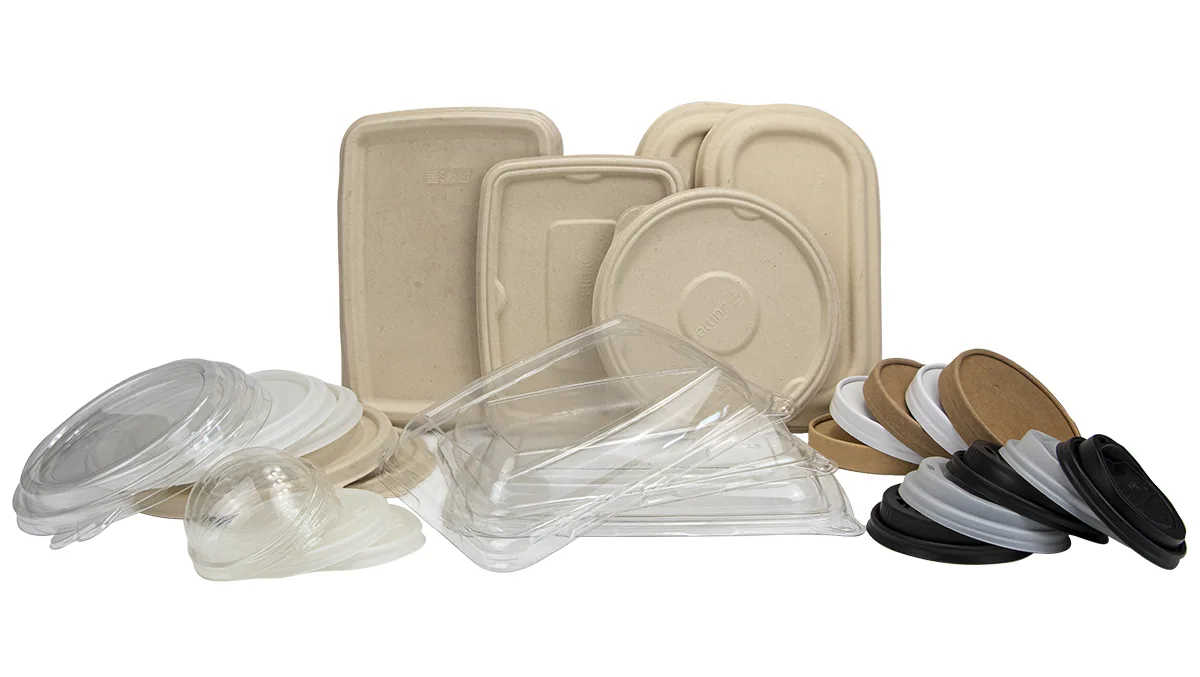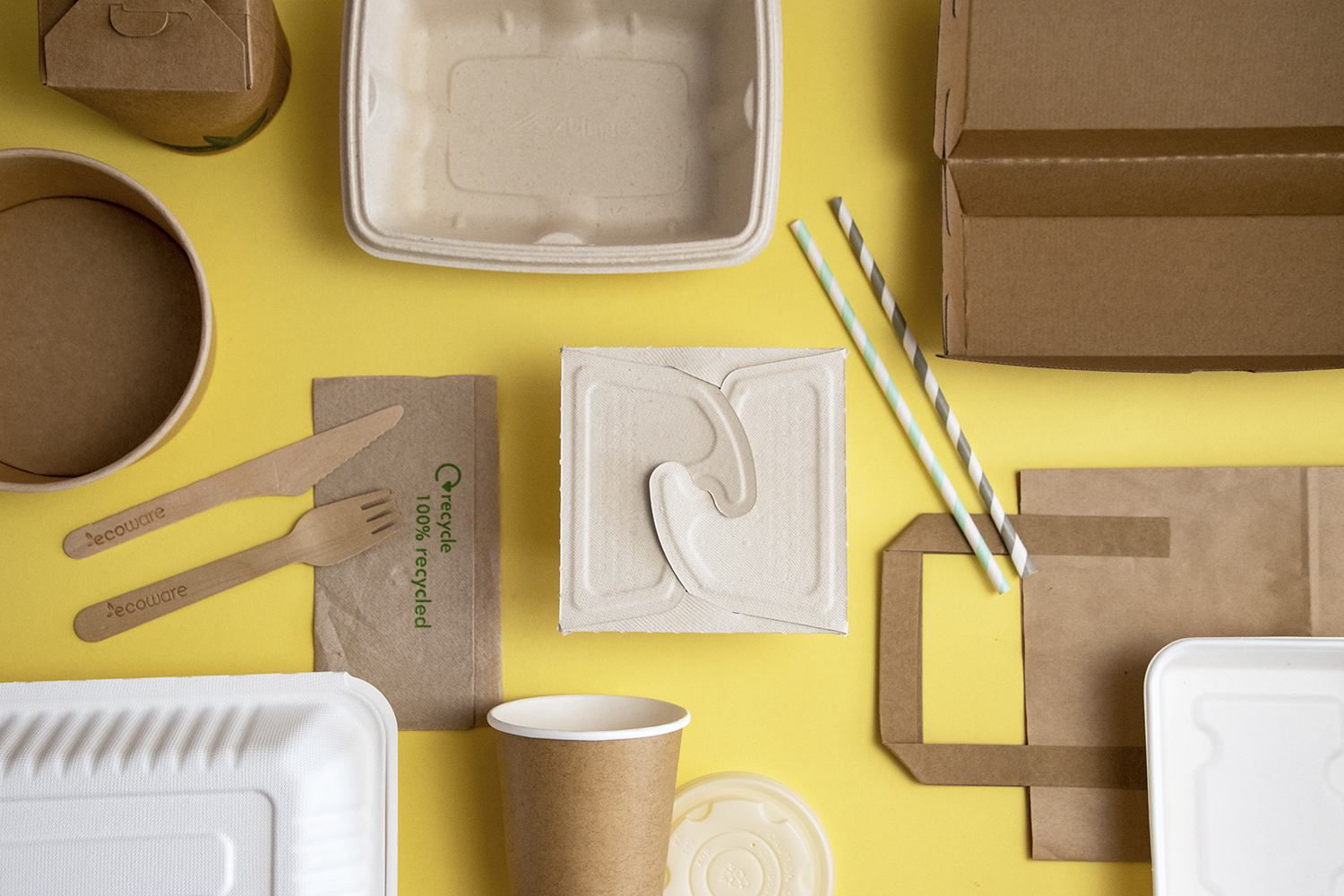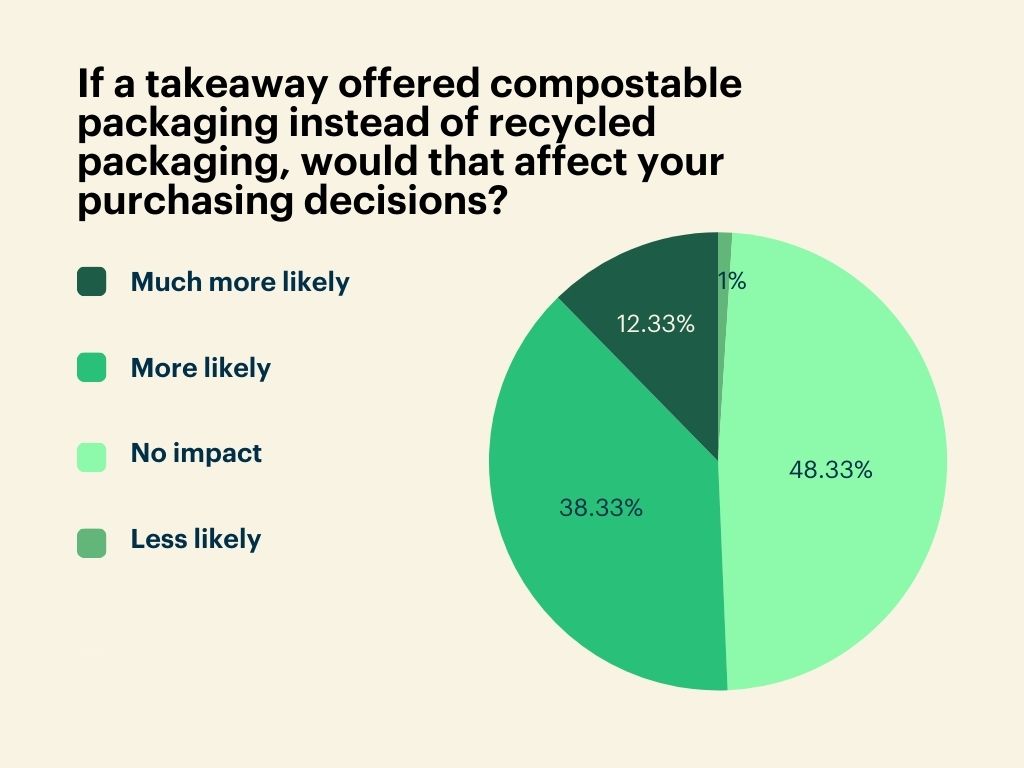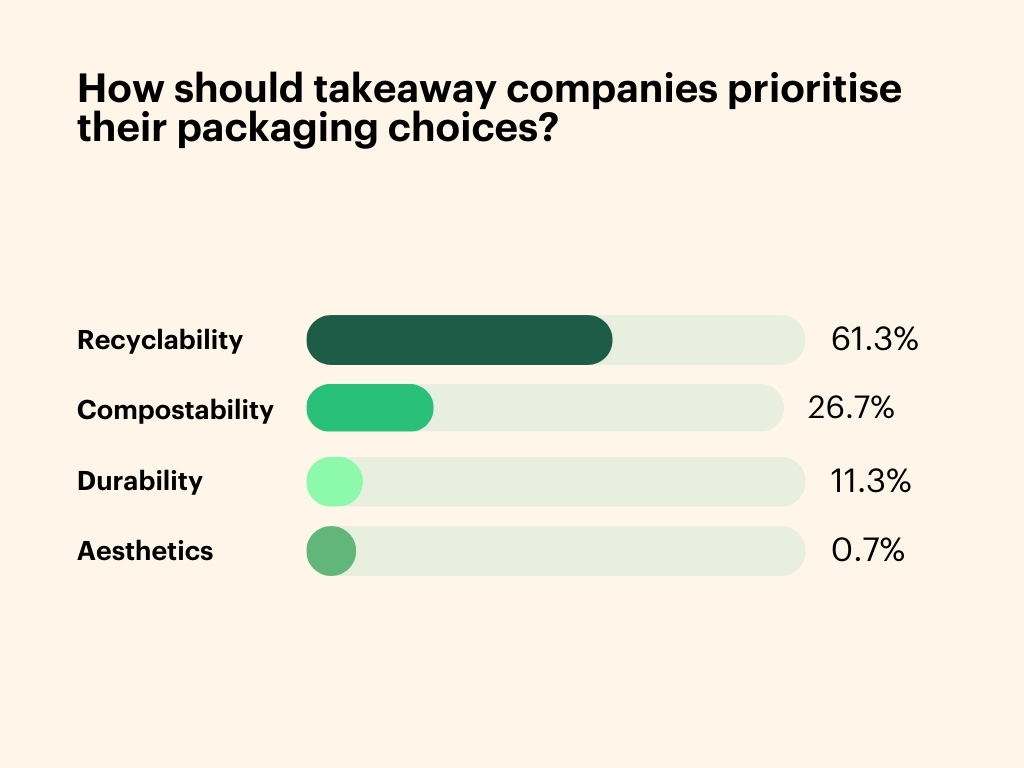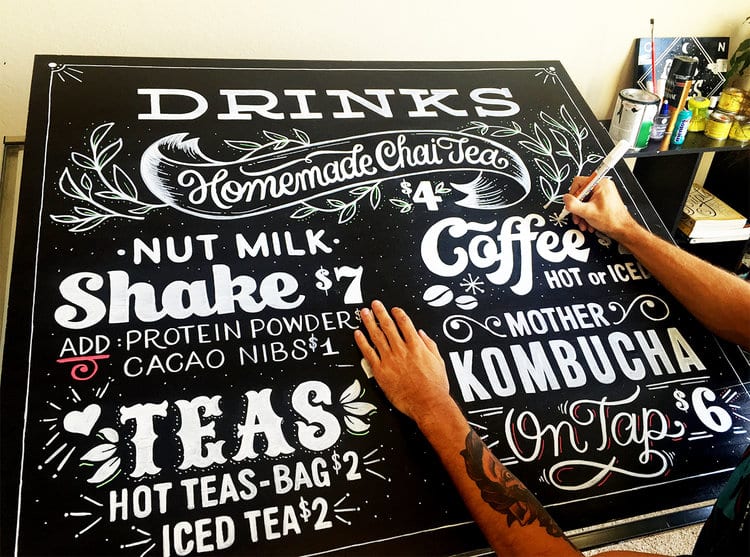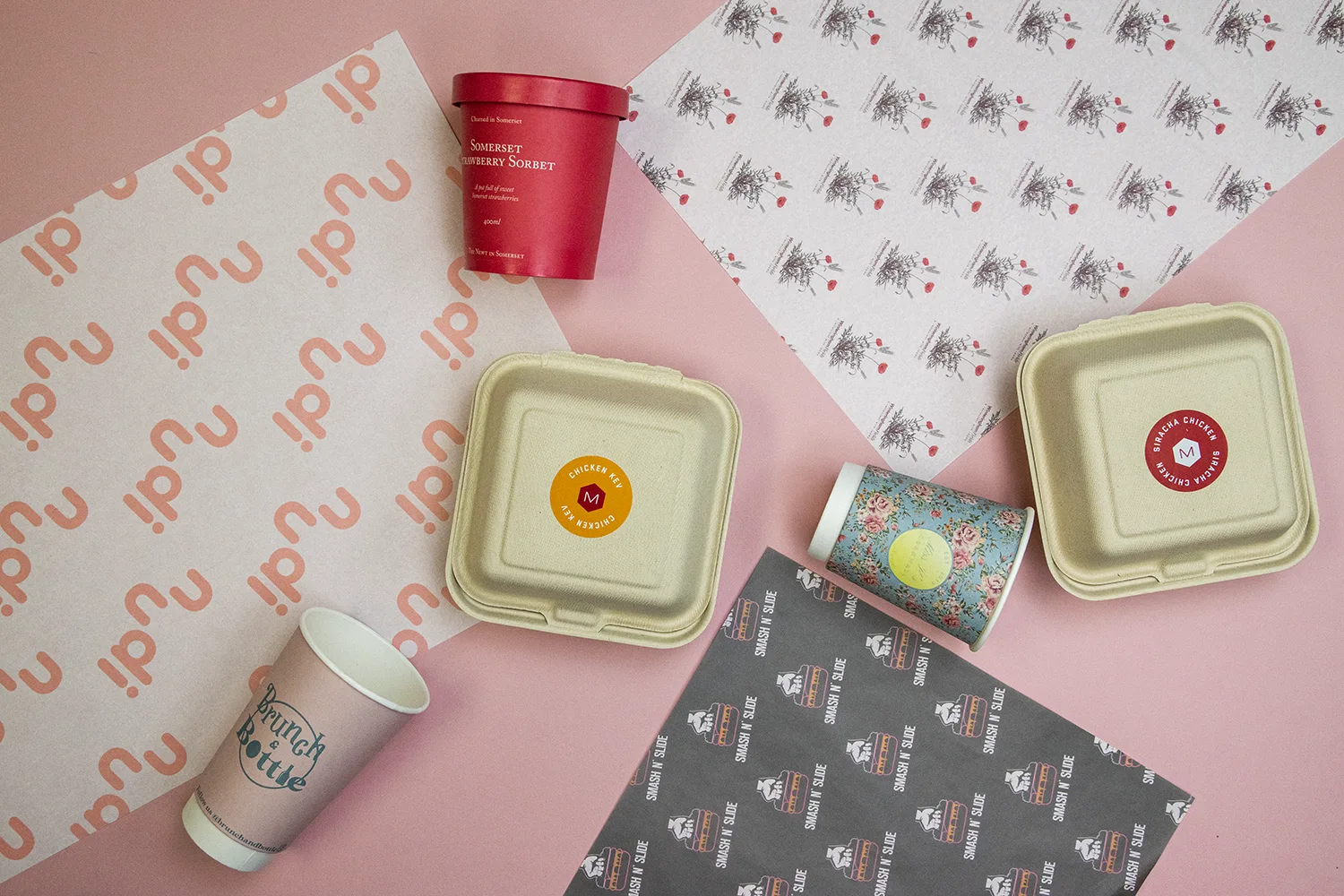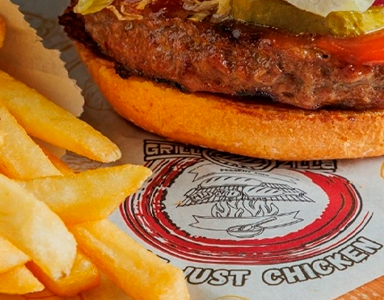In today’s world, where environmental concerns drive every decision, our recent consumer survey reveals whether there is a growing appetite for sustainable packaging in the food service industry. Do consumers really care about eco-friendly takeaway containers and packaging? Our findings suggest they do.
How it Works
We conducted a consumer insight survey of men and women in the UK aged 18-99. Because everyone loves a good takeaway now and then. It also offers a balanced view of current trends and potential shifts in consumer behaviour across different generations.
We then asked about consumer opinions and preferences for takeaway packaging, as well as whether they consider ‘eco-friendliness’ when ordering takeaway food. Together, these questions paint a detailed picture of consumer priorities and expectations for their takeaway packaging.
Environmental Awareness of Takeaway Packaging
Our survey revealed interesting findings about how often consumers think about the environmental impact of their takeaway packaging. Around 49% of respondents always or often consider the eco-friendliness of food packaging when ordering takeout food, while 25% do so sometimes. This suggests that a large portion of takeaway customers are mindful of sustainability, though awareness levels vary.
Younger generations (Gen Z and Millennials) show greater willingness to engage with eco-friendly practices compared to older age groups, reflecting broader societal trends. There are also regional differences, with consumers in cities being more aware of and taking action on environmental issues than those in rural communities. This is often due to better access to information and resources related to sustainability.
Preferred Types of Eco-Friendly Food Packaging
In our consumer study, 44% of survey respondents expressed a clear preference for both recycled and compostable materials, highlighting a strong inclination towards eco-friendliness. Meanwhile, 23% preferred exclusively recycled food packaging, while 12% preferred compostable ones. These choices reflect consumer expectations and awareness when it comes to eco-friendly food packaging options.
Recycled takeaway packaging is often seen as a more straightforward option due to its familiarity and the ease with which it can be integrated into existing recycling systems. Compostable packaging, on the other hand, can be more appealing to eco-conscious consumers seeking alternatives to recycled plastics. These customers are also more willing to pay a premium than those who prefer recycled plastics.
However, consumer concerns or misconceptions about eco-friendly packaging persist, often stemming from a lack of awareness. For example, many consumers don’t fully understand the differences between compostable and recyclable packaging. This means that even if consumers believe it is important to reduce single-use plastics, they may not be aware of which option is the best and how to dispose of them properly.
The Impact of Recycled Packaging on Consumer Behaviour
Our survey indicates that the use of recycled food packaging significantly influences consumer ordering behaviour—more than 68% of study participants responded that they would more likely order from a takeaway provider using recycled packaging. This finding suggests that customers have a strong preference for restaurants and takeaways that offer recycled packaging.
Eco-consumers may often view recycled packaging as a way to reduce their environmental impact. This creates a shared benefit: customers make eco-conscious choices while food businesses simultaneously reduce their carbon footprint.
For businesses, switching to recycled food packaging can be more impactful due to its direct visibility and immediate impact on consumer perception when compared to other sustainability practices such as carbon offset or food waste reduction. While these efforts are important, they are typically business-driven and occur behind the scenes. Recycled packaging offers a visible and tangible way for consumers to engage with a business’s sustainability initiatives.
Consumer Desire for Education on Packaging Disposal
In our survey, a significant 70% of UK consumers responded that they would be more likely to choose a takeaway provider that offers guidance on how to dispose of their food packaging. In contrast, around a quarter of survey respondents felt their choice would not be influenced by such educational efforts. Our findings highlight the growing consumer expectation for food businesses to play an active role in promoting sustainable practices.
This could include providing clear and simple disposal instructions and clearing up any confusion about different types of eco-friendly packaging. For example, terms such as ‘biodegradable,’ ‘compostable,’ and ‘recyclable’ are often used by businesses but frequently misunderstood by consumers, particularly regarding their proper disposal. Companies can address this issue by providing clear packaging information, including instructions on whether it should be composted, recycled, or discarded with other waste.
Compostable vs Recycled: Which Drives Consumer Decisions?
Around 50% of survey respondents expressed a preference for compostable packaging rather than recycled packaging, while the other half had a much more flexible attitude towards both eco-friendly packaging options. Both options have their merits.
Takeaway providers can cater to a broader audience by offering both compostable and recycled food packaging options. This approach serves a wide range of consumer preferences while also increasing overall customer satisfaction.
Eco-Packaging Choices for Takeaway Companies
Our survey results offer clear and useful guidance on how takeaway companies can prioritise their food packaging choices. An overwhelming 61% of respondents selected ‘recyclability’ as their top priority, indicating a strong consumer preference for recyclable food packaging materials.
Compostability was the second most important priority for consumers, with 25% favouring it. This indicates a strong interest in biodegradable alternatives to recycled plastic packaging. Durability was also a consideration for 11% of respondents, who want takeaway packaging that keeps food fresh and safe during transit.
Overall, our findings highlight the impacts and benefits of switching to eco-friendly packaging to meet the evolving tastes of UK consumers. Yet, making the switch isn’t just about being green; it’s also about finding the sweet spot between sustainability, business cost, and customer satisfaction. Here are our key recommendations for food and takeaway providers:
- Offer a mix of compostable and recycled food packaging materials to cater to diverse consumer preferences. This approach not only caters to diverse consumer preferences but also helps manage costs without sacrificing your sustainability goals. Think about it—what better way to show your brand’s commitment to the environment than by diversifying your packaging options?
- Prioritise clear education about disposal methods for maximising the effectiveness of eco-friendly packaging. Many consumers want to make planet-positive choices but often lack the necessary information to do so. Provide clear, straightforward labels to guide them on whether their packaging should be recycled, composted, or disposed of another way.
- Keep costs competitive but highlight the value of eco-friendly practices by clearly communicating the environmental and personal benefits to consumers. Build customer loyalty by being open and transparent about your brand’s sustainability efforts and green initiatives.
Conclusion
Our customer survey revealed that consumer expectations are evolving. Sustainability is increasingly playing a decisive role in consumer choices in the takeaway industry. By understanding consumer behaviour towards eco-friendly packaging, food businesses can make savvy decisions that blend business goals with environmental responsibility. Because it’s becoming clear that switching to eco-friendly packaging isn’t just food for thought—it could be a recipe for success in today’s environmentally conscious market.


